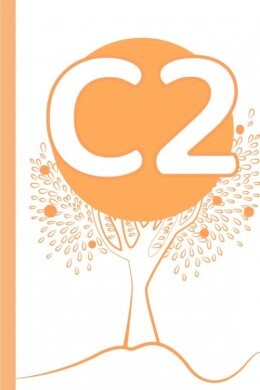Liste de Mots Niveau C2 - Human Body
Ici, vous apprendrez tous les mots essentiels pour parler du corps humain, spécialement rassemblés pour les apprenants de niveau C2.
Réviser
Flashcards
Orthographe
Quiz

(anatomy) the membranous tube in the body that carries air from the throat to the bronchi

trachée
(anatomy) the hollow organ in the throat that contains the vocal cords and provides an air passage to the lungs

larynx
any of the group of sensory cells that are mainly on the tongue, making one recognize different tastes

papille gustative
(anatomy) any of the eight narrow-edged teeth at the front of the mouth that are used for biting

incisive
the hard white external layer that covers the crown of a tooth

émail
the thick mucus that is formed in the nasal and throat cavities, usually secreted in excessive amounts as a result of common cold

flegme
an air-filled cavity, especially within the bones of the skull

sinus
(anatomy) a rounded part of an organ, such as, lungs or brain that seems to be separate in some way from the rest

lobe
(anatomy) the outer layer of the anterior part of the brain, called cerebrum, containing gray matter

cortex
(anatomy) the round colored portion of the eye around the pupil and behind the cornea

iris
(anatomy) the sensory membrane at the back of the eye that transmits light signals to the brain through optic nerves

rétine
(anatomy) the transparent layer that covers the outside of the eyeball

cornée
a thin piece of skin in the middle ear that vibrates by sound waves and enables one to hear sounds, also known as tympanic membrane

tympan
the body of an animal or human, except the limbs and head

tronc
a greenish-brown alkaline fluid that is produced by the liver in order to help the body digest fats

bile
a large gland in the body that produces insulin and glucagon and substances that help the body digest food

pancréas
(anatomy) an abdominal organ that controls the quality of the blood cells

rate
(anatomy) the main part of the large intestine, between the caecum to the rectum, where water is removed from solid waste

côlon
(anatomy) the large round bone structure that the limbs and the spine are joined to, which also protects the abdominal organs

pelvis
(anatomy) the narrow outer opening of the womb or uterus of a female

col de l’utérus
(anatomy) the tube in most mammals that carries urine out of the body, which also carries sperm in males

urètre
the soft substance that fills the cavities of bones, which is either yellowish and consists of fat cells or reddish and makes blood cells

moelle osseuse
a muscular tube that connects the throat to the stomach, allowing for the passage of food and liquids during digestion

œsophage
(anatomy) the outer layer of the skin that overlays the dermis

épiderme
a tendon in the leg that attaches the muscles of the calf to the bone of the heel

tendon d’Achille
(anatomy) the longest bone in the top part of the human leg between the hip and the knee

fémur
(anatomy) each of the pair of triangular bones that connect the humerus to the clavicle

omoplate
relating to the kidneys or their function

rénal
relating to the intestines, which are part of the digestive system responsible for absorbing nutrients and removing waste from the body

intestinal
(anatomy) any of the four pointed teeth that are between the incisors and premolars, used for tearing food

canine
| Liste de Mots Niveau C2 |
|---|